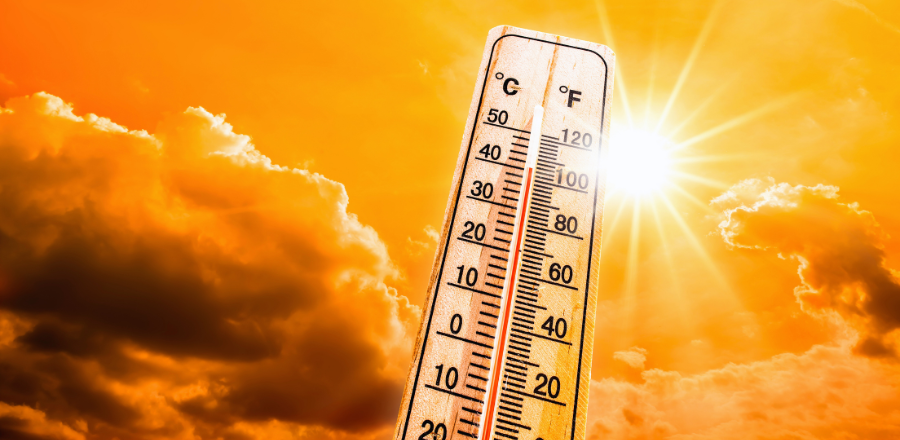A rare eclipse will be visible on the Ningaloo Coast in Western Australia on 20 April. CSIRO’s astronomers explain the phenomenon and what we can learn about the Sun and space weather.
What is a total solar eclipse and what will we be able to see?
Dr Vanessa Moss, CSIRO astronomer says:
“Solar eclipses are rare events when the Sun, Moon and Earth align just right such that the Moon covers the Sun’s disc, turning day to night. Unless you’re on the Ningaloo Coast in Western Australia, you will see a partial solar eclipse rather than the full solar eclipse, but we can look forward to the next total eclipse in Australia in 2028. It’s important never to look directly at the Sun, but with appropriate protection or observing a projection of the Sun, it is an amazing event to witness.”
Dr Mark Cheung, CSIRO Deputy space director says:
“A total solar eclipse can be a life changing experience, the temperature drops, the land and the sea look different, and the stars come out. When the Moon completely covers the Sun, the faint solar corona becomes visible. Since the Sun’s corona is always changing, no two total eclipses look the same. These events are even more special because they are so rare and fall on such small areas where people can witness them.”
What’s unique/rare about this eclipse? When will we get to see another like it?
Dr Mark Cheung, CSIRO Deputy space director says:
“This is a so-called hybrid eclipse. In some areas, it will be an annular eclipse and the moon will be surrounded by a bright ring. In other areas, such as the Ningaloo coast, it will be a total eclipse and one will see the faint crown of the Sun’s atmosphere.”
Why are eclipses important to science? What can we learn from them about the Sun, Earth and solar system?
Dr Mark Cheung, CSIRO Deputy space director says:
“Total solar eclipses are rare opportunities for astronomers to test new telescopes and instrumentation for studying the Sun’s atmosphere. This includes studying the composition of the Sun’s million-degree hot corona, which is shaped by strong magnetic fields that permeate the Sun’s atmosphere and interplanetary space. These studies advance our understanding of how the Sun drives space weather around Earth, and how magnetic activity on other stars may affect planets around them.”
Dr Vanessa Moss, CSIRO astronomer says:
“I will be monitoring our ASKAP radio telescope while it observes the partial eclipse. The telescope will be able to better measure the twinkling of distant galaxies in the vicinity around the eclipsed Sun. This twinkling is caused by the solar wind – charged particles emitted by the Sun – interfering with the light coming from the galaxies. By understanding how the solar wind moves away from the Sun via radio telescopes, we can learn more about space weather and in future help to predict the conditions in space.”
Dr Phil Edwards, CSIRO astronomer says:
“We’ve been studying the Sun since the birth of radio astronomy. The Sun is one of the brightest radio sources in our skies and our early observations identified radio fluctuations coinciding with solar flares which contribute to our space weather. Studying the Sun also influenced the development of the radio telescopes including the Australia Telescope Compact Array near Narrabri.”
What can we learn from the Sun? How does it affect life on Earth?
Dr Mark Cheung, CSIRO Deputy space director says:
“The Sun is one of the most amazing objects to study. It’s our closest star, providing heat and light that makes life possible here on Earth. It also emits streams of charged particles and magnetised winds, which can cause beautiful aurora but can also damage satellite or even disrupt power grids on Earth. By understanding the dynamics of the Sun we can better predict this space weather to manage and protect our critical infrastructure.”








